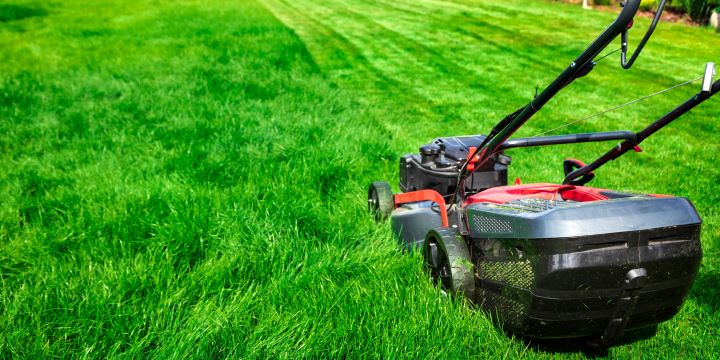An inviting lawn is a centerpiece for your home’s outdoor space, contributing to your property’s curb appeal and the environment. Such an area begins with holistic lawn care practices supporting growth and vitality. Through thoughtful nurturing and a commitment to the health of your grass, any homeowner can maintain a verdant and thriving lawn.
Table of Contents:
- Key Takeaways
- Understanding Lawn Care Basics
- Fertilization: Vital Nutrients for Growth
- Mastering Mowing: More Than Trimming
- Combating Pests and Weeds Safely
- Seasonal Adjustments for a Year-Round Splendor
- Sustainable Care for Eco-Friendly Lawns
Key Takeaways:
- Soil health is fundamental to a thriving lawn.
- Proper fertilization encourages robust turf growth.
- Mowing techniques directly impact grass health.
- IPM strategies manage pests while preserving the environment.
- Seasonal lawn care keeps your green space vibrant year-round.
- Sustainable practices contribute to an eco-friendly lawn.
Understanding Lawn Care Basics
The cornerstone of a thriving lawn is the health of the soil where it grows. A well-maintained lawn starts below the surface with soil rich in organic matter and a balanced pH that supports vigorous grass root systems. Recognizing your grass type is crucial, as each species requires specific care regarding sunlight and watering needs. Coupling these elemental factors with prudent irrigation practices sets a foundation for your green space to thrive.
Fertilization: Vital Nutrients for Growth
Just as proper nutrition is essential for our health, appropriate fertilization is crucial for the growth and vitality of your lawn. Fertilization aims to supply essential nutrients that encourage robust growth and resilience. Spring is an opportune time to nourish your lawn, setting the stage for active growth. This nutrition boost is critical again in the fall to strengthen your lawn’s roots in preparation for the winter months. The right balance of nutrients at these key points in the growing season can lead to a lush and sustainable lawn year-round.
Mastering Mowing: More Than Trimming
Mowing is not simply a cosmetic chore; it’s a critical cultural practice that governs the density and health of your lawn. Each cut can stimulate the grass to grow in fuller and outcompete invading weeds. Employing the right mowing techniques is an art in itself. It involves ensuring your mower’s blades are sharp to avoid damaging grass blades and setting the cutting height to match the specific needs of your lawn’s grass type, resulting in a thick, lush turf.
Combating Pests and Weeds Safely
A seamless lawn health and pest control media can be achieved with informed strategy and execution. Keeping pests and weeds at bay is central to maintaining lawn integrity; doing so eco-consciously is paramount. Among the widely recommended practices are the Environmental Protection Agency’s integrated pest management techniques, focusing on long-term prevention through biological control, habitat manipulation, and resistant varieties. These IPM principles support a balanced and healthy environment for your lawn and the local ecosystem.
Seasonal Adjustments for a Year-Round Splendor
As the seasons change, so too do the needs of your lawn. Each phase of the year brings specific demands:
- Spring is for awakening and strengthening.
- Summer is for vigilant growth management and moisture retention.
- Fall is for repair and preparation.
- Winter is for rest and minimal disturbance.
Tuning into these rhythms allows for tailored lawn care approaches that keep your grass at its best, regardless of what Mother Nature throws its way.
Sustainable Care for Eco-Friendly Lawns
With an increasing awareness of environmental issues, more homeowners recognize the value of sustainable lawn care practices. Embracing techniques such as composting, minimizing water use, and selecting native plant species not only enhances your lawn’s natural beauty and biodiversity and supports its long-term health. These practices reduce reliance on synthetic chemicals and lower your garden’s environmental footprint, contributing to a healthier planet.
By integrating these methods into your gardening routine, your lawn can reach its full potential, providing a beautiful and refreshing green space for enjoyment and relaxation. Commit to these backyard best practices, and watch as your outdoor sanctuary flourishes season after season.


